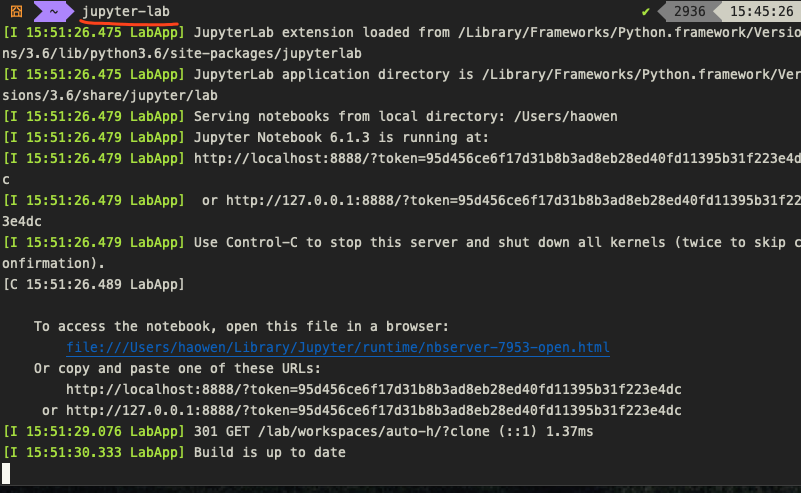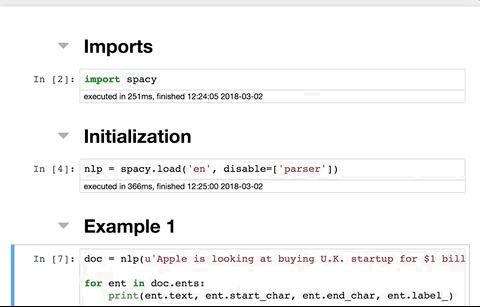
Set the workspace ID and report ID you’d like to embed: group_id="Workspace ID"Ĭreate an instance of Power BI report and load the report to the output cell: report = Report(group_id=group_id, report_id=report_id, auth=device_auth) Import Report class and models from the package: from powerbiclient import Report, modelsĪuthenticate against Power BI using Azure AD: # Import the DeviceCodeLoginAuthentication class to authenticate against Power BIįrom thentication import DeviceCodeLoginAuthenticationĭevice_auth = DeviceCodeLoginAuthentication() This example shows how to embed a Power BI report using the package. If you are using JupyterLab: pip install powerbiclient If you are using Jupyter notebook: pip install powerbiclient The powerbiclient package can be found on PyPI. This section describes how to install the powerbiclient package into your notebook, and how to use it for embedding a Power BI report.įor detailed usage information, see the GitHub wiki. How to embed a Power BI report in a Jupyter notebook You can also filter the report for quick analysis or use bookmarks to apply a saved view. You can export data from visuals in a Power BI report to the Jupyter notebook for in-depth data exploration. Please help me understand the problem and how to troubleshoot it.The powerbiclient Python package lets you embed Power BI reports in Jupyter notebooks easily. I was able to import numpy and pandas in the same notebook without any errors. ModuleNotFoundError: No module named 'sklearn'

ModuleNotFoundError Traceback (most recent call last) However, I am getting a ModuleNotFoundError while trying to import it in a jupyter notebook, that I am running from the same environment. Since import command didn't throw errors, sklearn is ready for use. Type "help", "copyright", "credits" or "license" for more information.


I checked if sklearn was working after loading the environment: $python I created a fresh conda environment for using scikit-learn and usedĬonda install to install scikit-learn, jupyter, pandas, etc.


 0 kommentar(er)
0 kommentar(er)
